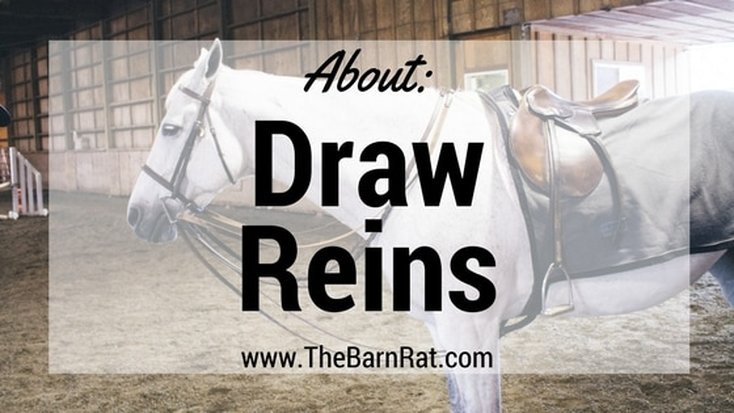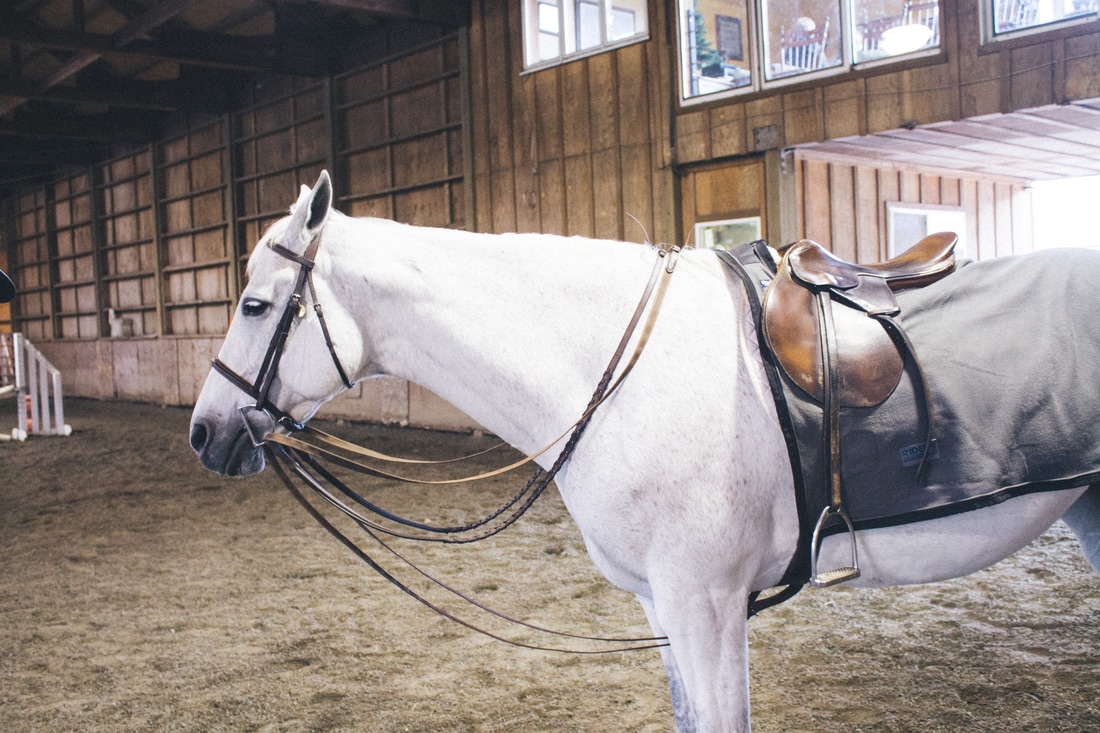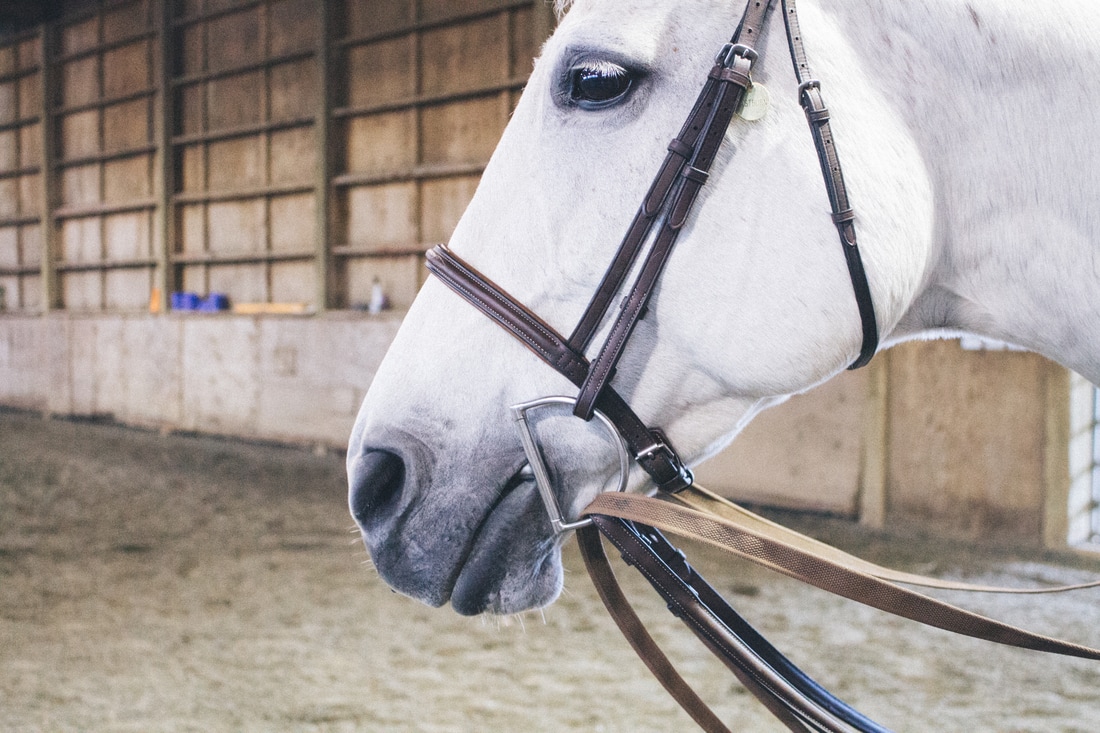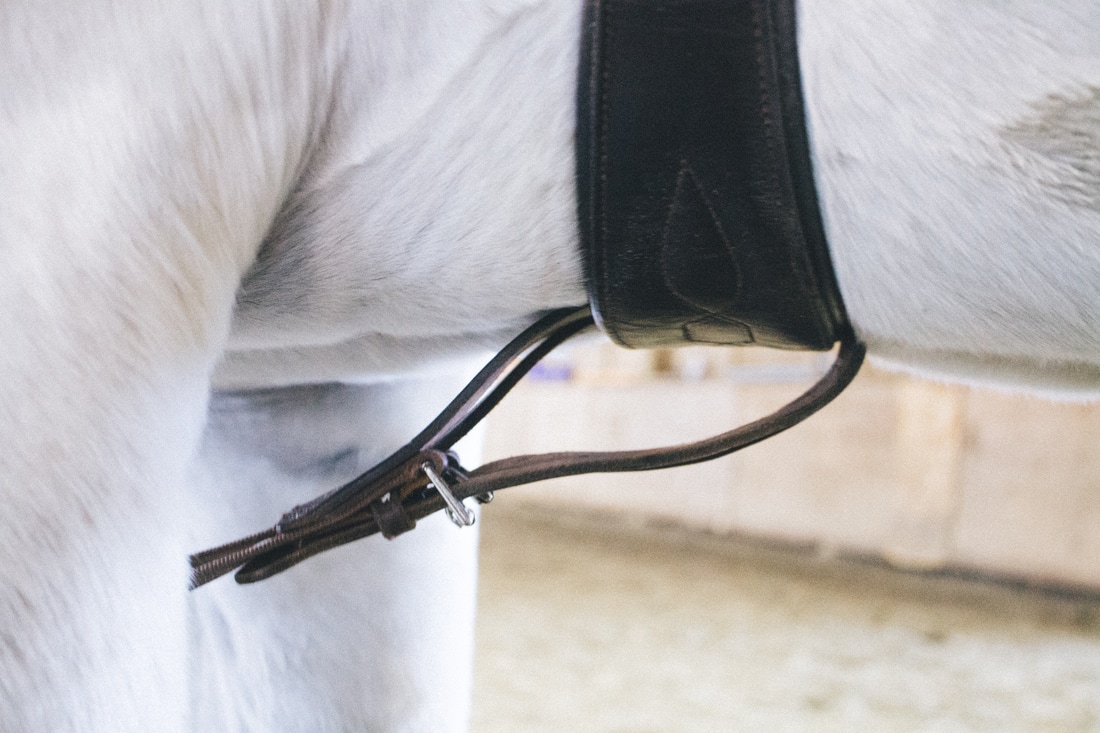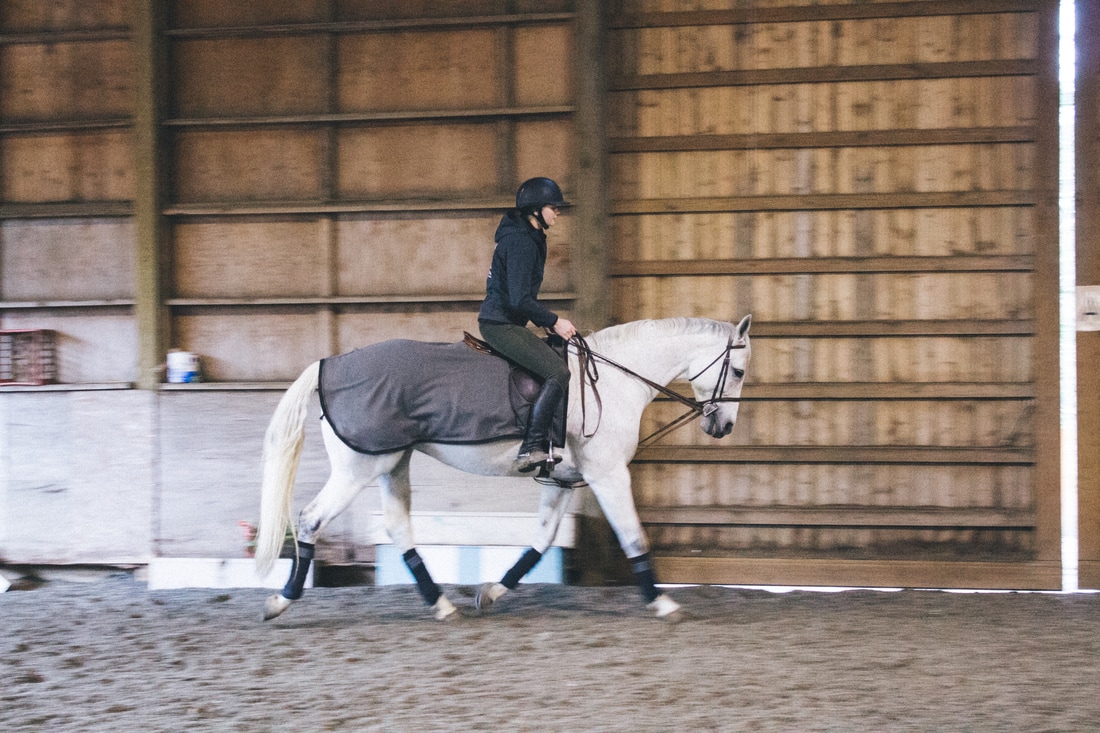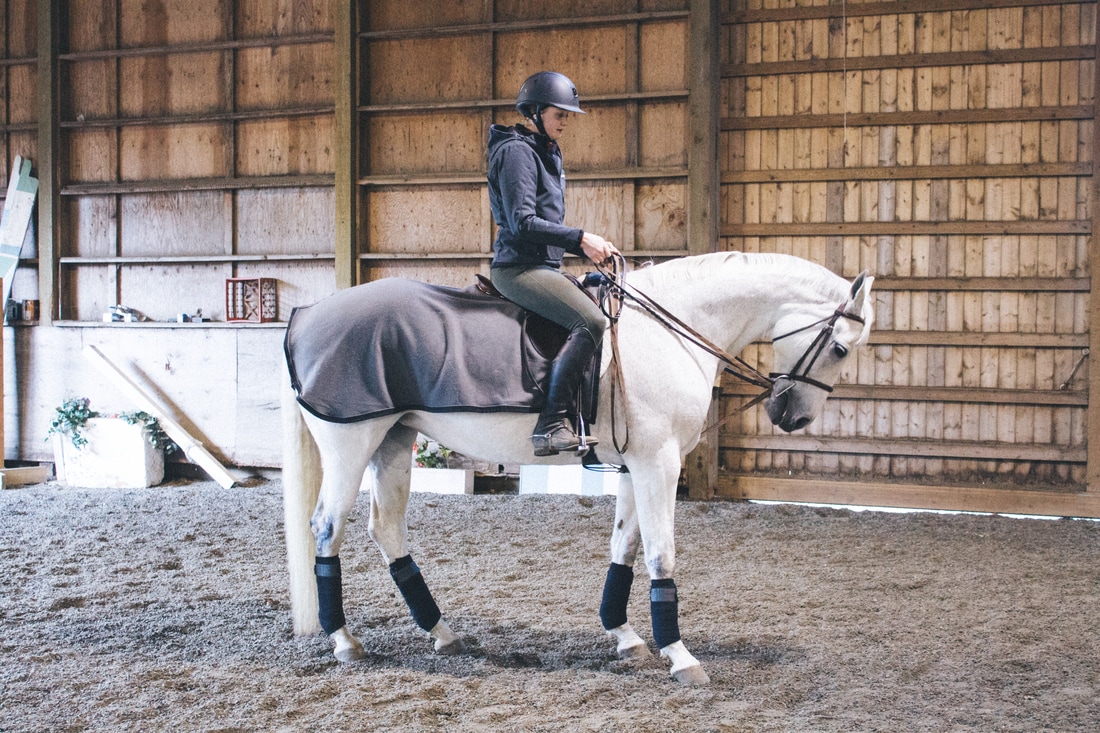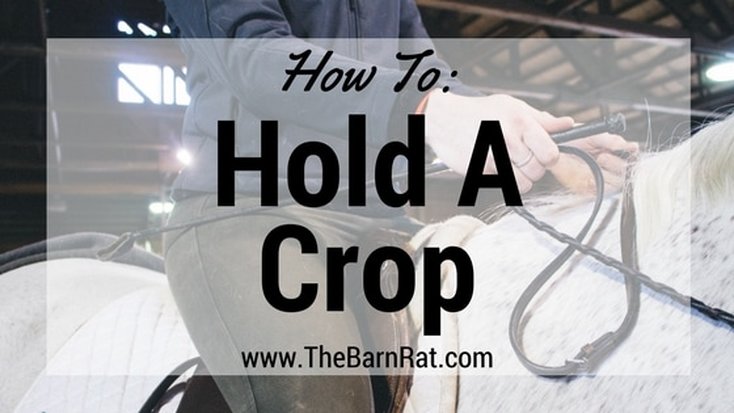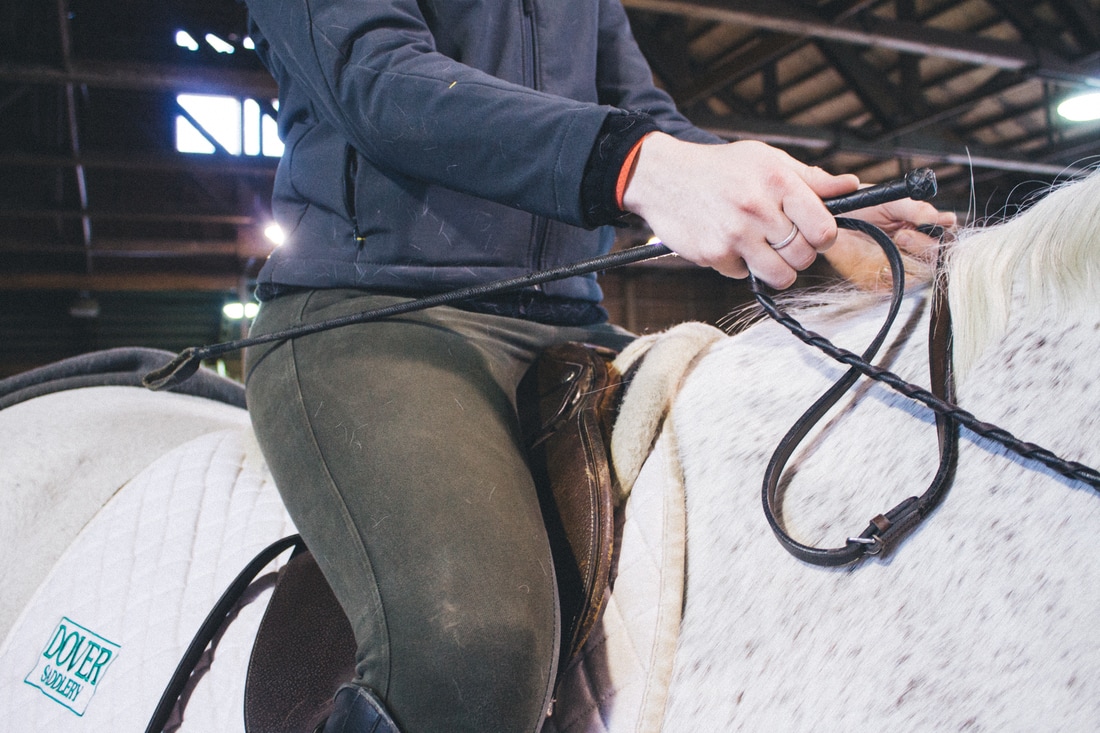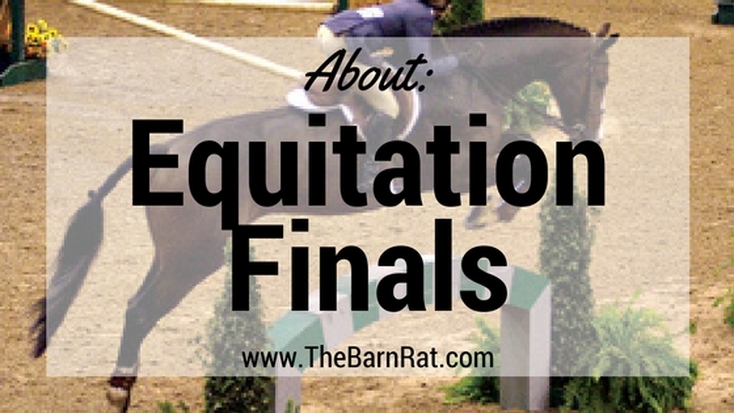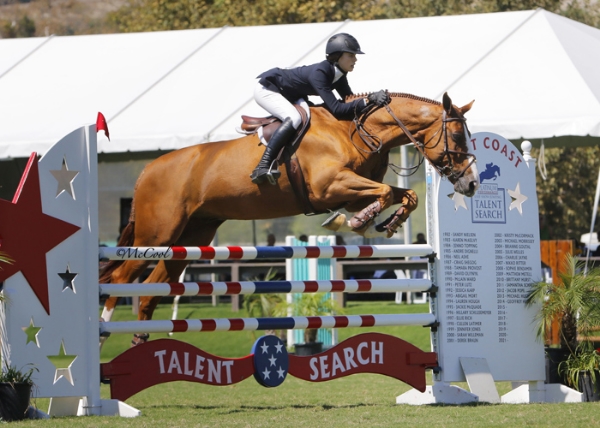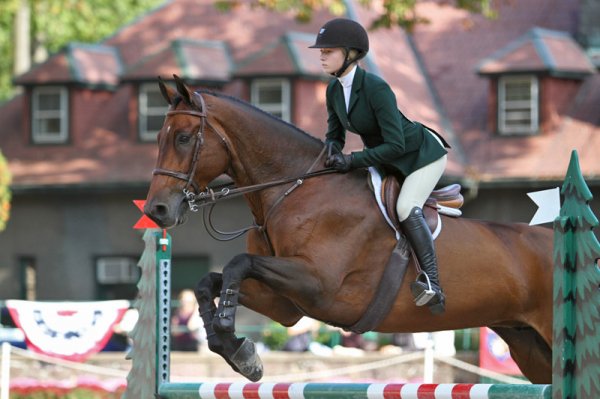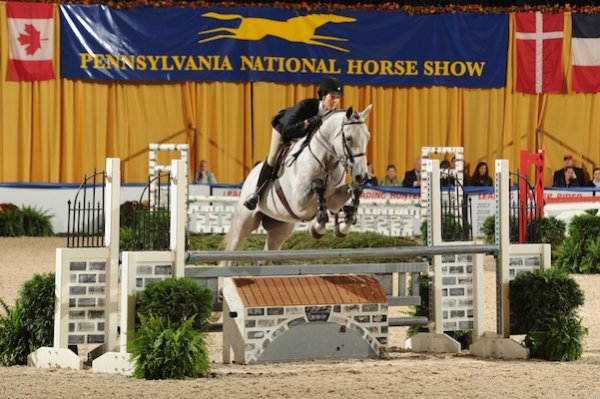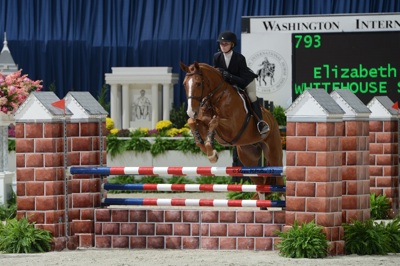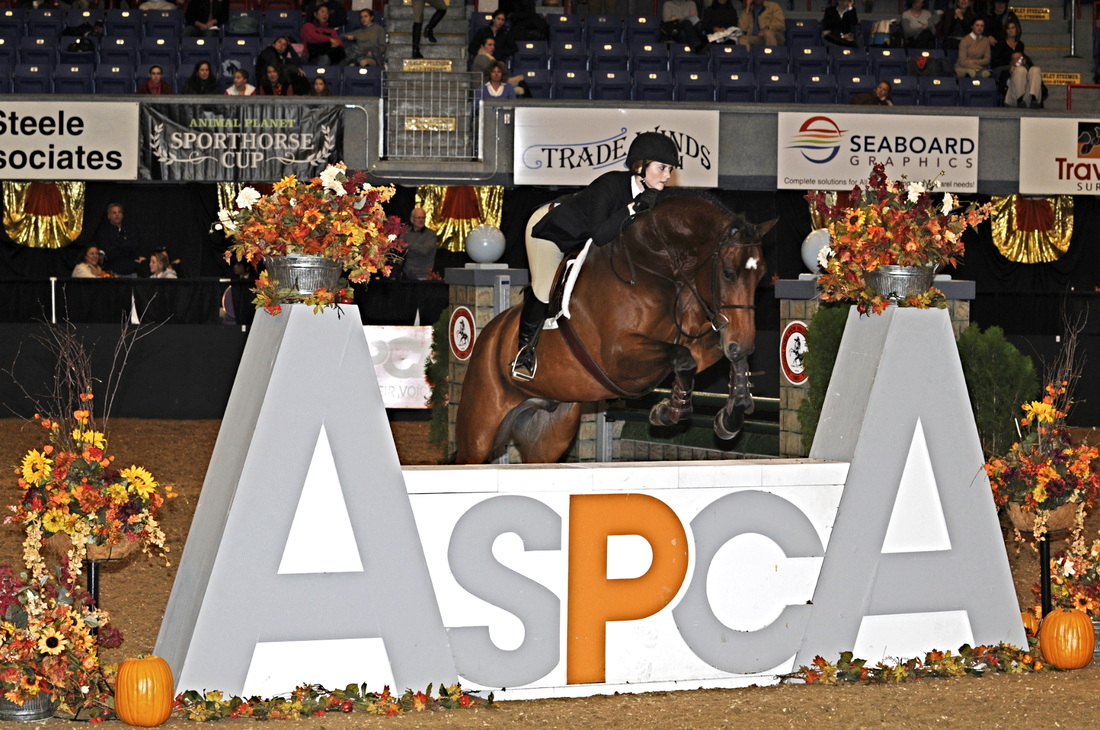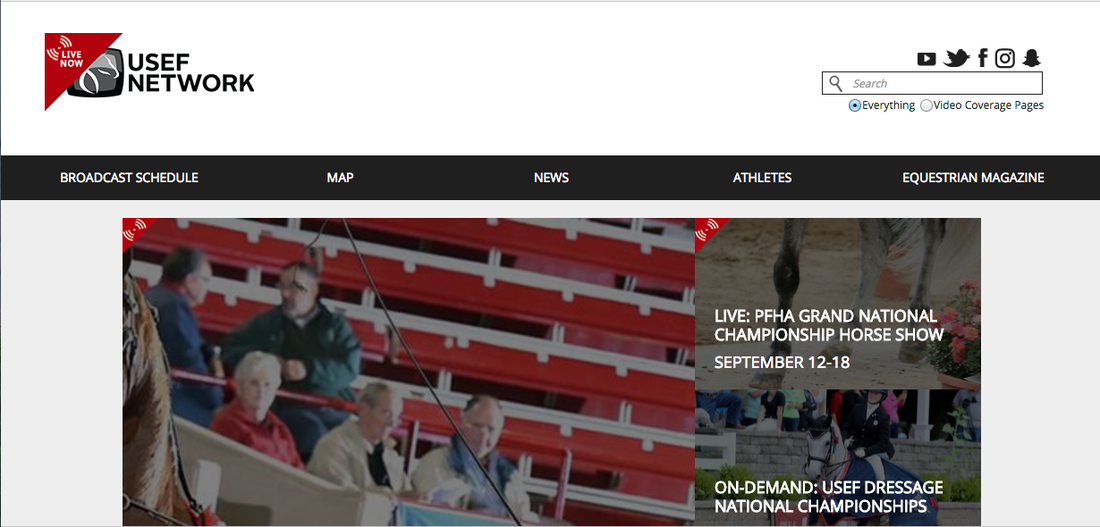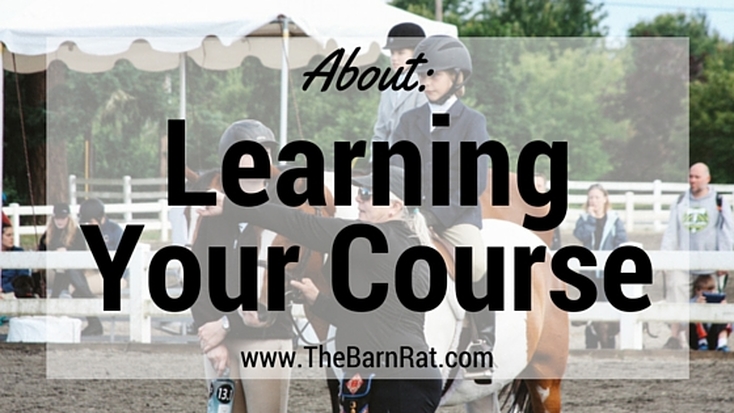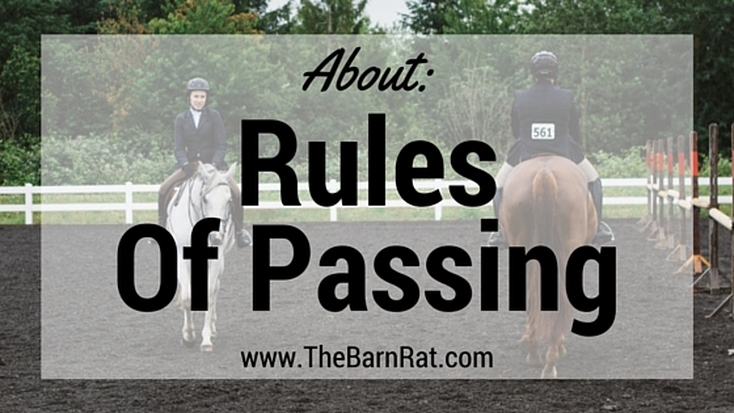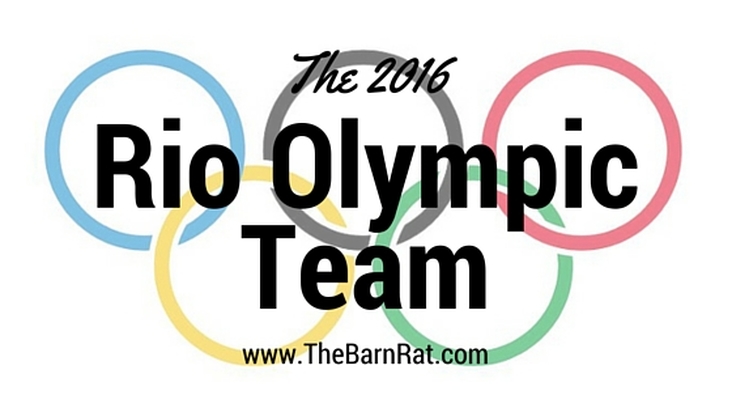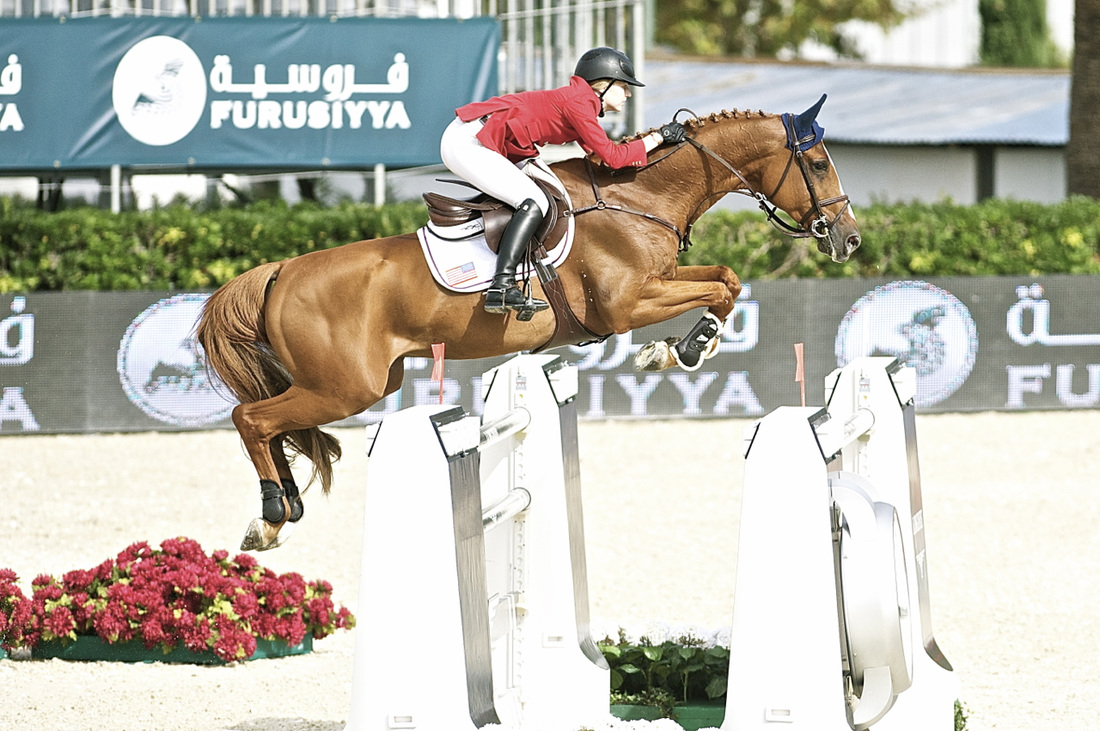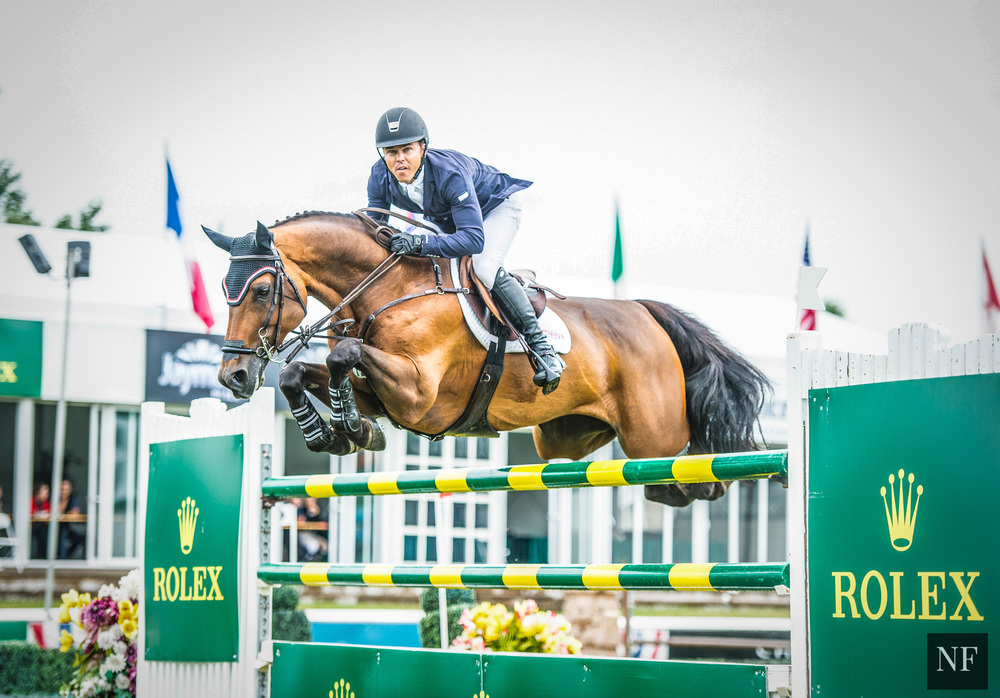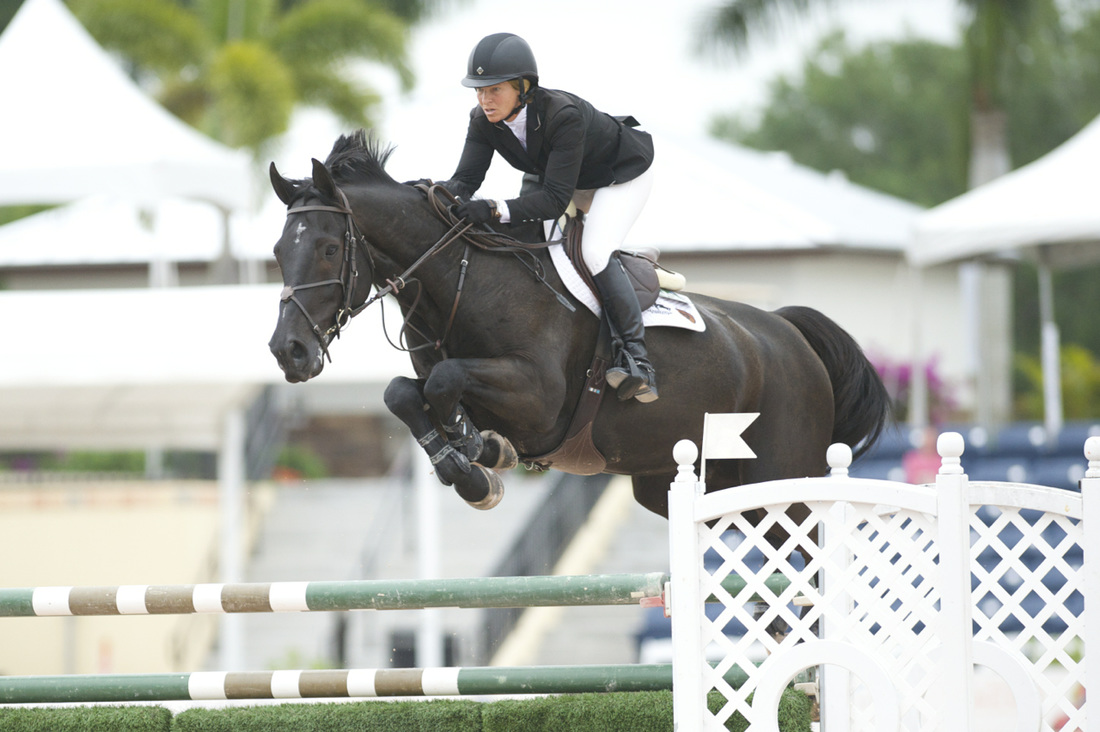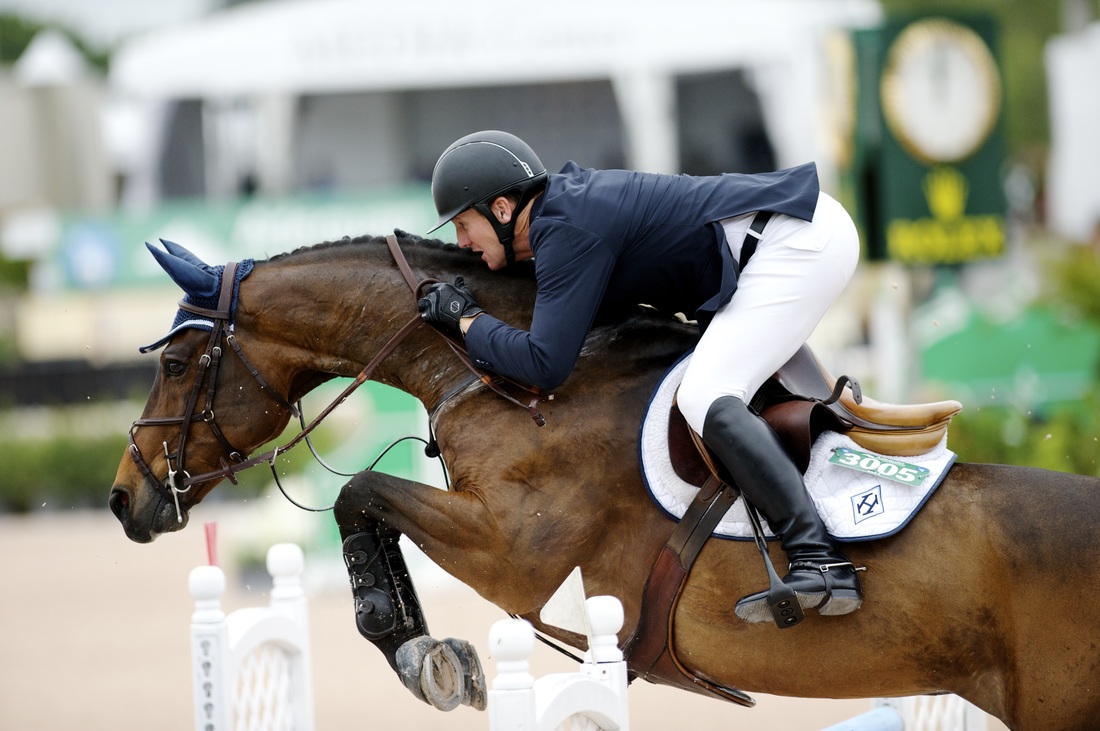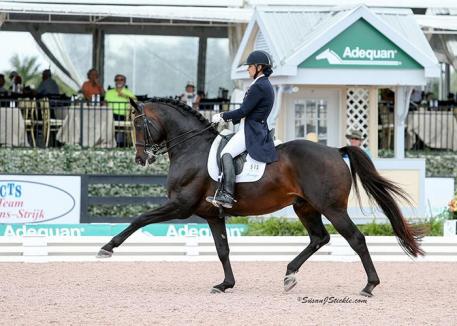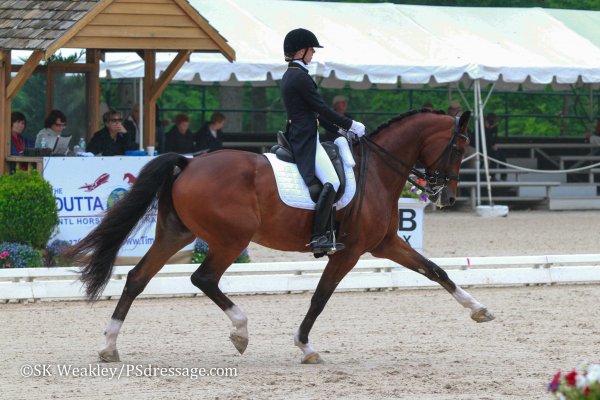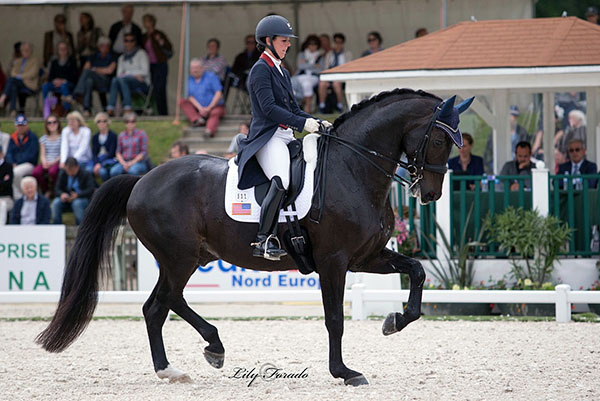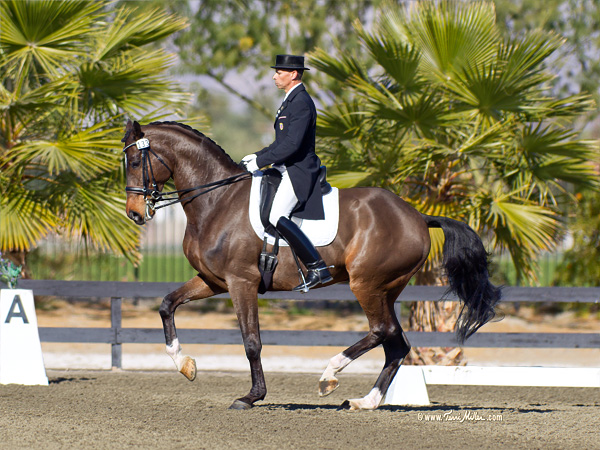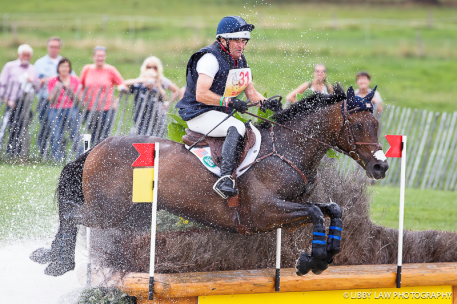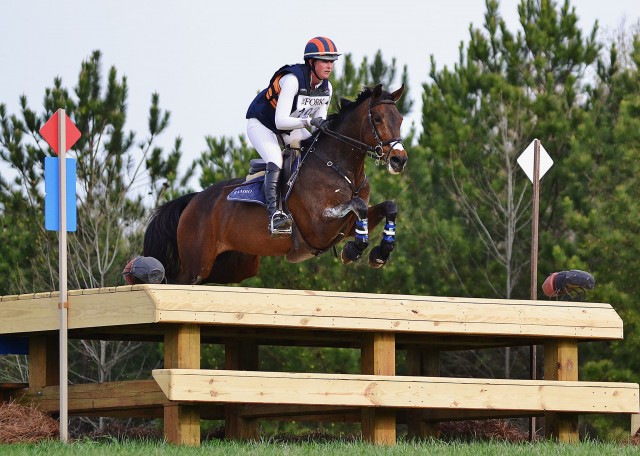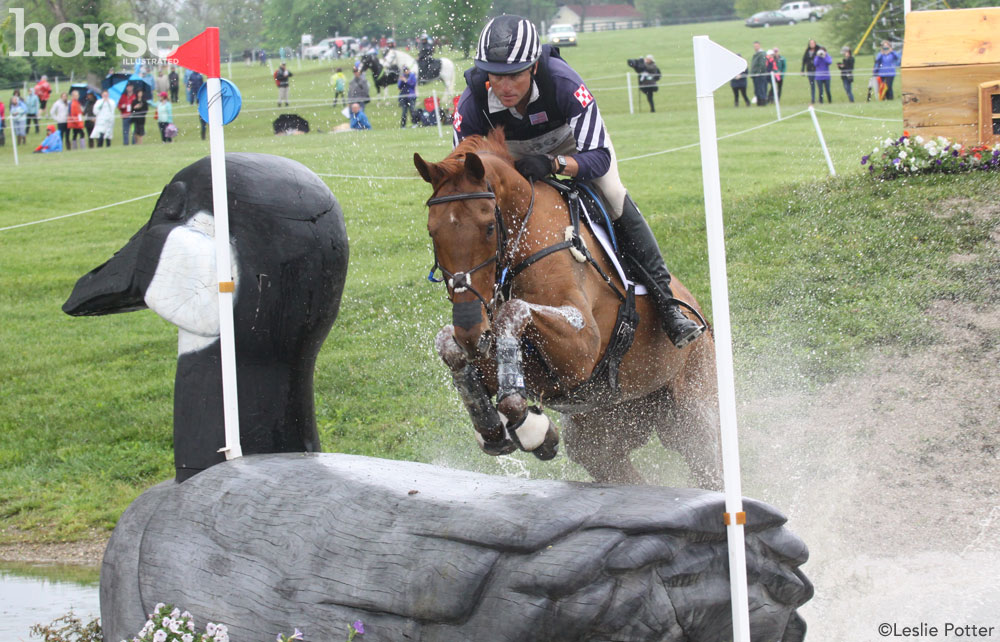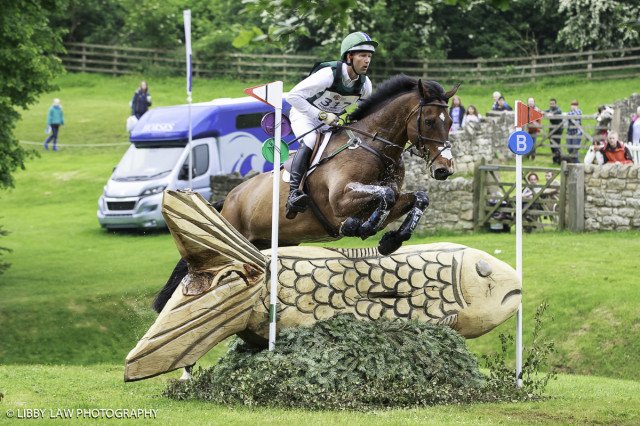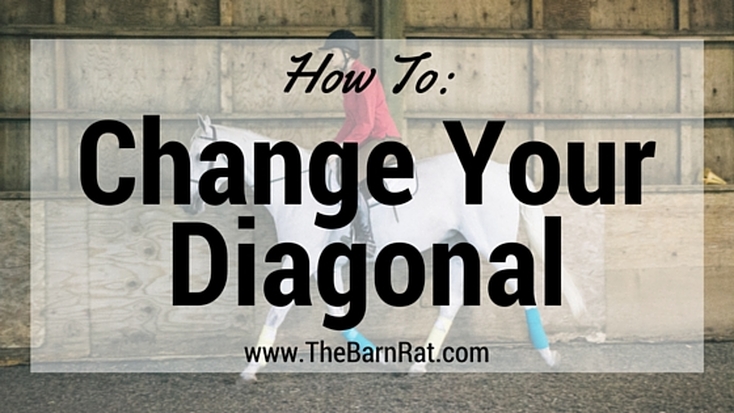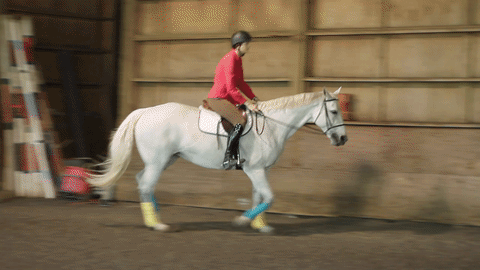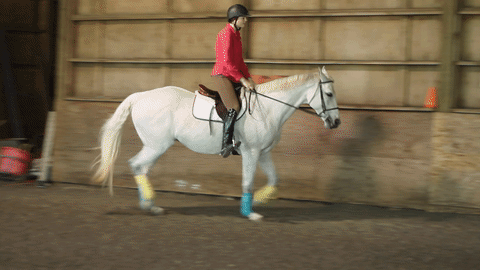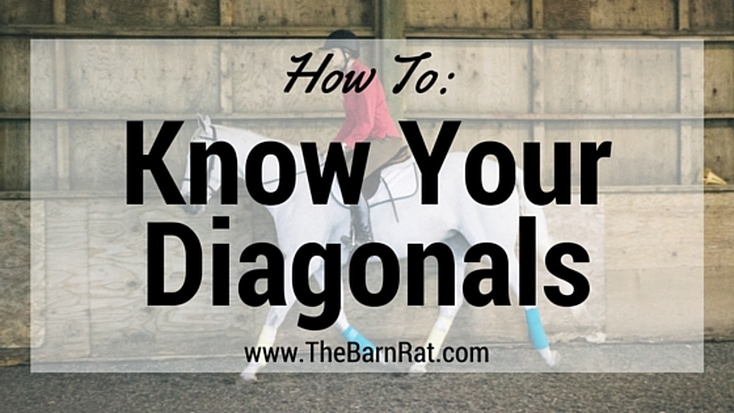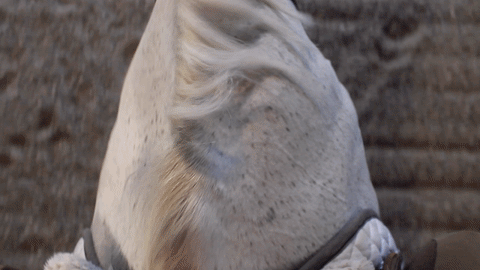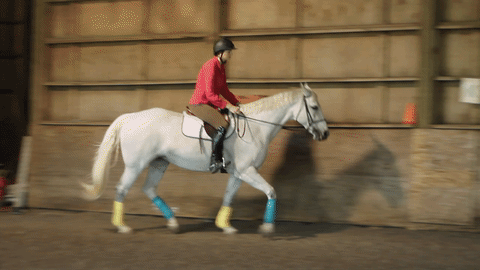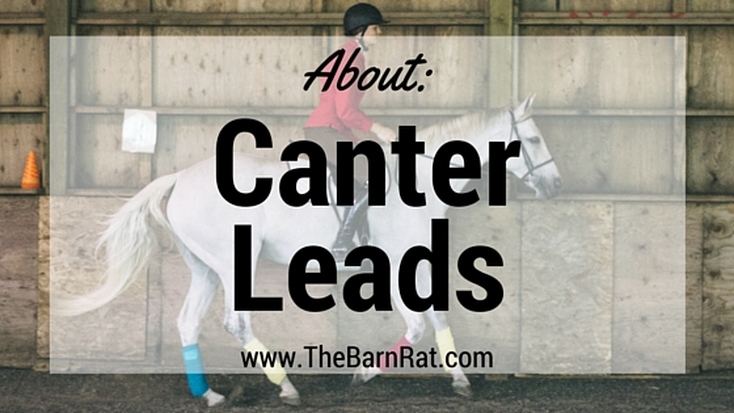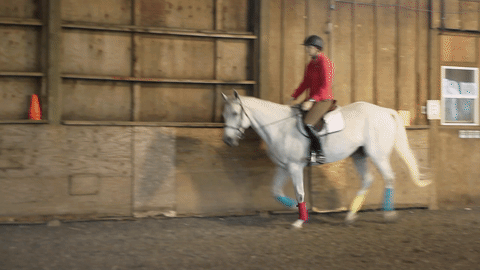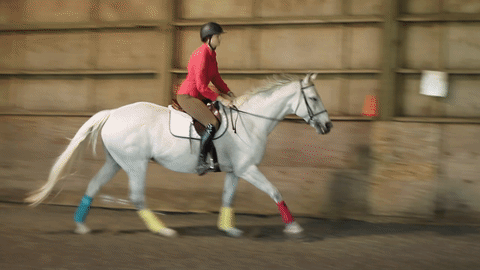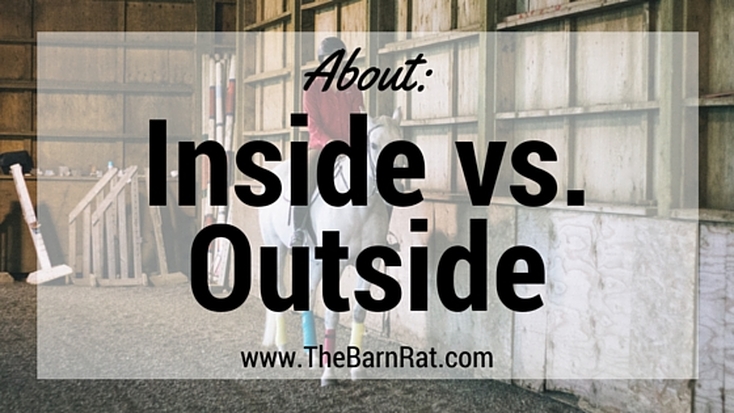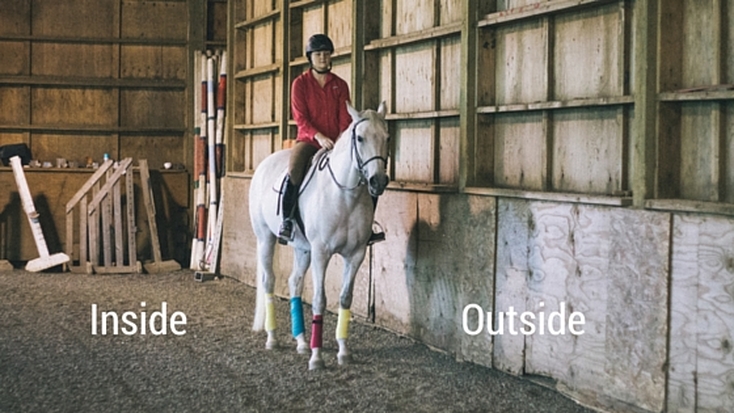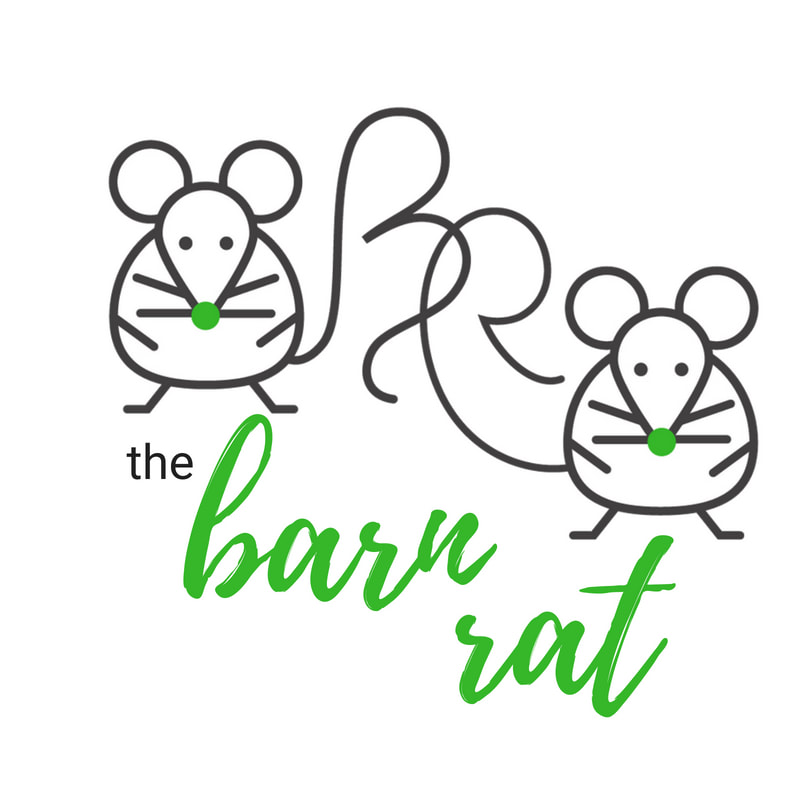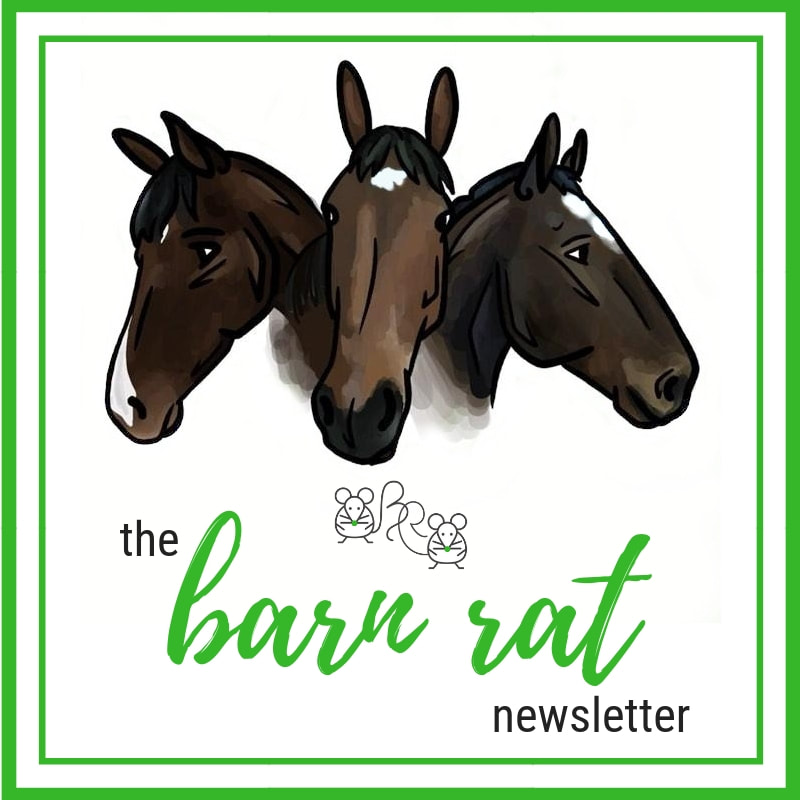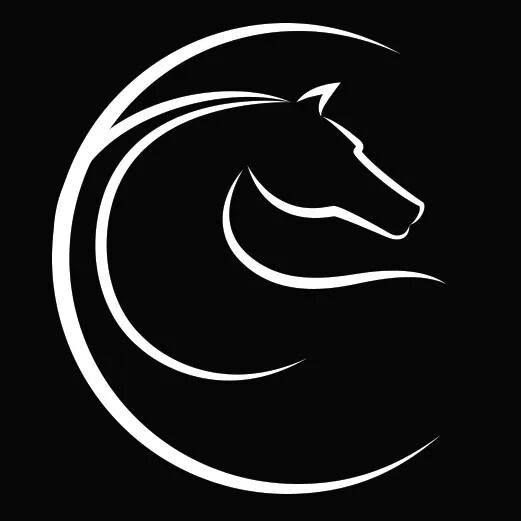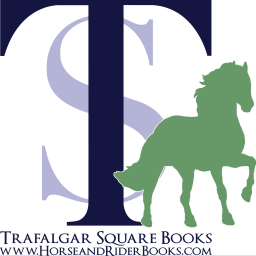|
There are mixed feelings about draw reins. Many think they are abusive and others think that when used correctly are an effective training tool. I can see both sides to this coin, just like many things in the wrong hands almost anything can be used poorly. The negative and positive about draw reins is that they are easily adjusted. To make them tighter you just shorten the draw rein in your hand. This is convenient over tools that you would have to dismount to adjust. When used correctly draw reins are a helpful tool to get a horse to use their back and accept contact with the bridle. Below are the steps to use draw reins, a correct working example and an incorrect example.
1 Comment
Holding a crop is something many riders off all levels do. Sometimes horses need encouragement to go forward, a crop can be used to reinforce something you are telling your horse with your leg, or it can be used to discourage bad behavior. The crop can be held in either your inside or outside hand, it depends on what you are trying to accomplish. When your crop is not in use it should be kept resting across your thigh. This keeps the crop from waving around on accident, prevents unwanted slaps on the shoulder, and keeps the rider from breaking their wrists. The crop with rest through the middle of the hand with the thumb on top securing the crop in place.
If you are under the age of 18 and enjoy jumping, then you have probably heard of the big eq classes at the fancy 'A' rated horse shows and maybe even watched with awe as these kids soared over the giant obstacles. I know that was me! For many it is the end-all be-all goal to accomplish with your riding career. And for many it truly can be the extent of their riding career. After turning 18 (and depending on the show competition calendar that is kind of complicated) you can no longer compete in the Junior divisions and then there are things like college and real life that need your attention. Below you can read about each of the different Equitation finals. They are each unique, focusing on different aspects of riding. If you have any questions about these different classes please feel free to contact me!
Learning your course is a totally different thing at a show compared to when you are at home practicing. At home there is no pressure or nerves. You are not worried about what your competition is doing, what your horse is looking at or the scary jump in the far corner you are already spooking at. Many times the course your trainer is trying to teach you goes in one ear and out the other. So, here are a few tips and tricks on learning your course!
1) Assign an identifying factor to each jump. Pick the color of the flowers, the poles or the standards to help you remember which jump you are looking for out on course. Many times jumps will have similar colors so be sure to find something unique about each. 2) Repeat the course over and over in your head and aloud. After you feel comfortable that you know your course continue to go over it in your head. As you go over it you may find you get hung up on remembering one specific part. Even if you feel like you have your course down no problem be sure to repeat your course aloud to your trainer multiple times. They are responsible for knowing where you are going and making sure you don't accidentally learn the wrong pattern. 3) Watch the other riders. As the riders ahead of you are doing their round say in your head where they should be headed next and how you plan on riding the corners and turns. Not always are the riders ahead of you doing the course perfect so acknowledge their mistakes and visualize yourself doing what you want to happen. Ride your lines straight, stay deep in your corners, look early, get the right stride numbers and keeping your pace. The more you ride the course in your head the way you want it to happen the easier it will be to make it happen in real life because it will be like you have already ridden the course. Any other helpful tips you have when learning your course? Be sure to share in the comments! A few weeks ago we talked about Inside vs. Outside and what that meant when passing another horse. And that is a super important thing to remember, but there is one rule that is more important. Left shoulder to left shoulder! As you can see in the picture above the girls are passing each other with their left shoulders closest to each other. It's the same as when you are driving a car, you always pass the same way.
This rule is widely understood as THE correct way to pass another horse. However, if you plan on doing something different that is where calling inside or outside comes into play. By riding this way you avoid confusion and potential collision! I have been in the schooling ring and even at home during lessons and watched people not look where they are going and not call where they plan on being and end up running into another horse. I have heard stories of horses full blown running into each other at the canter because no one paid attention! Please, practice safety and communicate where you are going. Everyone will appreciate it! The Olympics! They are just a couple months away and yesterday the final riders were announced for the U.S. Olympic team riding in Rio de Janeiro, Brazil. Watching the Olympics, summer or winter, is a special event. The top athletes in their sport representing their country. I swell with pride and well up with tears just thinking about it. I love watching! I remember vividly watching the 2000 Sydney Olympics and stumbling across the show jumping playing in prime time (that almost NEVER happens). I was almost 9 and I pointed at the screen and declared "That is what I want to do!" I started riding lessons the following spring and haven't looked back. One day I will cross off doing the Grand Prixs. Until then, I will keep watching and cheering. Let's meet the horse and rider combos that will be making the journey all the way to Brazil. Show Jumping
Dressage
Eventing
So we've learned how to know the correct diagonal, but know what do you do if you are on the wrong one to change it? There are two different ways to change your diagonal that are explained further below.
POSTING TROT! Your trainer will shout, if you've never ridden before you might know what one of those two words mean, trot, or go faster. So now you are bouncing around as your horse trots around the ring. Then your trainer says posting is where you stand up and down out of the saddle while you trot. Ok, easy enough. Then she throws a kink in everything, she tells you that you are on the wrong diagonal. How can I be on the wrong diagonal, I thought I was going straight? What in the world is she talking about? Have they lost their mind? The main reason there is a correct and incorrect diagonal is because it helps maintain your horse's balance at the trot. So what is the correct diagonal? You want to sit when the front leg on the outside comes back. The video on the left shows when the left shoulder is coming back and the video on the right shows the rider sitting when the left leg, the outside leg, wrapped in yellow comes back. Check back in later this week to see how to change your diagonal if you are on the incorrect one!
A couple weeks ago we learned about the different gaits a horse can do. This week I want to explain the canter a little bit further. Based on which direction you are traveling around the ring that determines what lead you need to be on. Being on the correct lead allows your horse to move comfortably and balanced. I can't tell you how many times I've seen someone land off a jump and not realize they were on the wrong lead and go speeding through the corner almost falling down because their horse was not on the correct canter lead. The canter is the most comfortable gait for a horse to jump. The momentum and impulsion (the controlled energy) of this gait allow the horse to be able to power up and over a jump. A horse can jump from the trot and even the walk, it is just more difficult. Stay tuned for a post about counter cantering. That is when you canter on the wrong lead, on purpose.
Have you ever been riding around in a crowded ring and heard someone shout "On your inside!" If you've never heard this before you might startle and look frantically around for what that could possibly mean. All the while you are ridding around and start to drift towards the middle of the ring. Then you hear from behind you "Watch out!! On your inside!!!" The words inside and outside are very helpful terms you need to know if you are ever in the ring with another person. Which, I'm pretty sure you will be.
Inside. Meaning the side of the rider closer to the middle of the ring. So, if you were going to pass the horse pictured above the inside would on the left side of your screen. Outside. Meaning the side closest to the wall, rail or perimeter of the ring. Again, to reference the picture above, you would be passing the horse on the right side of your screen. Communicating where you plan on riding is of the utmost importance! Riding 1,200 lb animals could equal a huge disaster if there were to be a collision. So please, always look where you are going and PLEASE communicate that to the other riders in the ring. Also, when passing, make sure you give the other horse plenty of room. Many horses have large personal space bubbles and can either get angry about another horse coming so close or may become afraid and dangerous for their rider, you and your horse. |
Categories
All
SponsorsInterested in sponsoring The Barn Rat? Be sure to contact us here!
|
